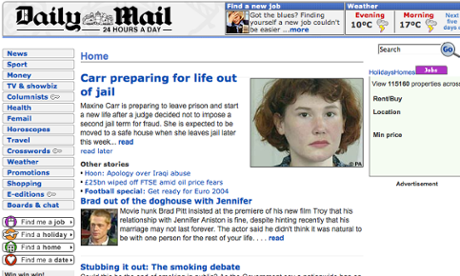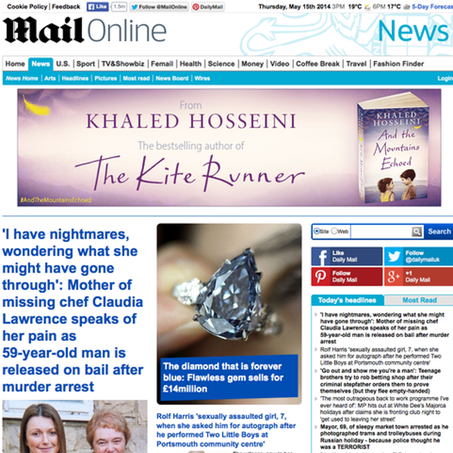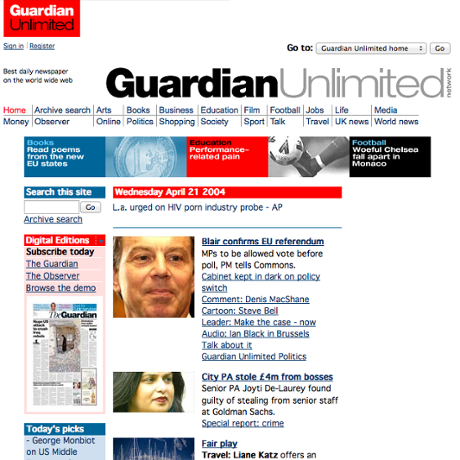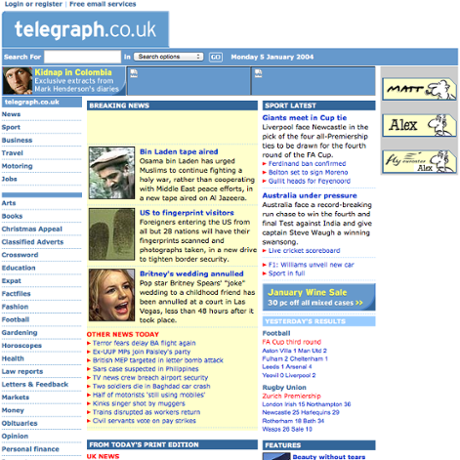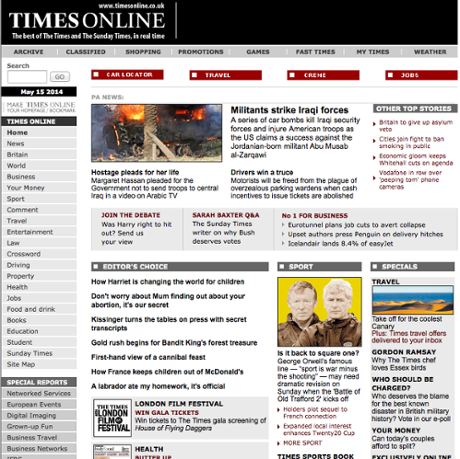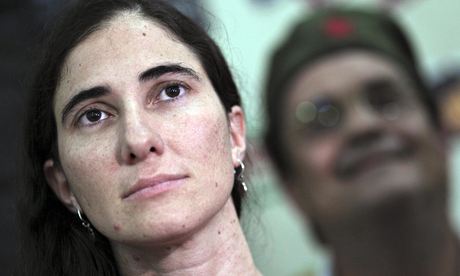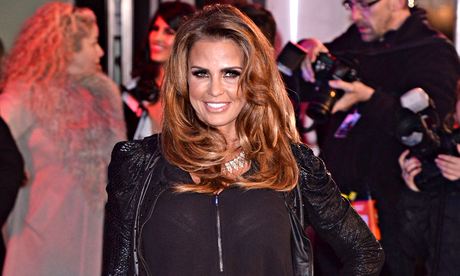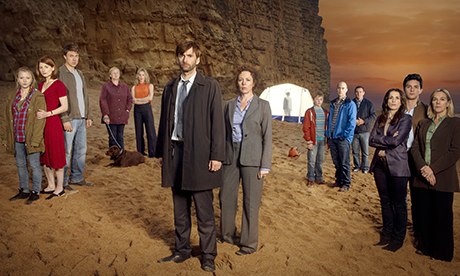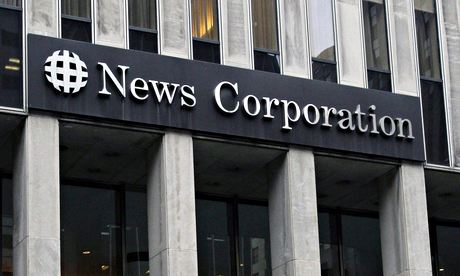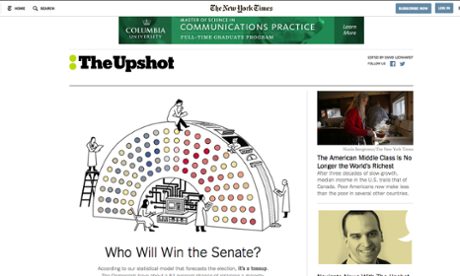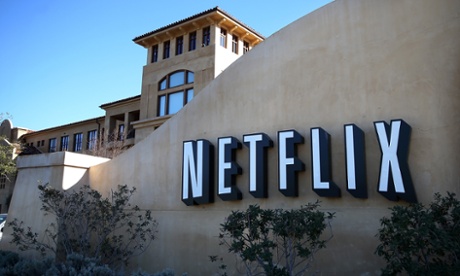Nadeem - Twitter
- Twitter has become the most dominant source worldwide.
- Twitter arises political issues such as the Arab Spring were consumers were able to interact with each other.
- Audiences are relying on Twitter more, such as believing whatever news consumers Tweet (Privacy).
- Audiences are able to socialise with people, also by using the famous Twitter icon '#' hashtag it brings consumers more connected and relate to what they are interested in.
- 'Discover Page' is a source connected with Twitter were audiences are able to access the news and other activities as they are most likely to stay on Twitter and not use any other providers.
Navneet - Facebook Democracy
- 'Global Village' audiences are able to interact more.
- The largest demographics that use Facebook are 25-34 year olds.
- There are many dominant ideologies on Facebook encouraging activists to create groups and socialise more worldwide.
- Citizen journalism (UGC) such as the Arab Spring, connected consumers in a positive way however there could be negative points to having a Facebook account such as bullying etc.
- China's government had blocked Facebook and western county sites in 2009, society became more fragmented (censorship policy).
Harpal - Music Industry (Spotify)
- Spotify has more than 20 million songs to stream free convenient to audiences, it was introduced in 2008.
- Apple has introduced iTunes and now have iTune Radio another provider.
- Privacy has become a problem as consumers are illegally downloading music.
- Consumers could also be producers, however downloading illegally makes it harder for artists as they get very little income.
- Empowerment, user generated content mostly on music websites such as YouTube, Daily Motion etc, allows unknown artists to become successful such as Justin Bieber, Connar Maynard, Rebecca Black etc.
Gagandeep - Music Industry
- The Music Industry is not making profit as the younger generation download music illegally.
- The CD revenues have dropped 11.7%.
- Moral Panic is created amongst society.
- 'Digital economy act' (DEA).
- Google don't protect content therefore are not responsible for privacy.
Jinan - Smartphones
- Traditional audiences would use smartphones for work purposes, however younger audiences now have smartphones as they are the new gadgets.
- Online shopping and interacting with others on social media websites such as Facebook.
- Moral Panics such as the Arab Spring was a impact in smartphones as audiences recorded content and uploaded it instantly onto social sites.
- Citizen Journalism and user generated content.
- More democracy as there are less gate keepers now.
Zulq - Sky
- Sky Go, Sky+, and Sky on Demand.
- There are more active audiences who are mostly interested in sports.
- Pre-watershed is no more as audiences are able to record and watch it whenever they like.
- Catch up services are provided to suit audiences when convenient for them.
- Time shifting impact (Time scheduling changed).
Samuel - Music Industry
- Technology has changed as audiences don't listen or buy music in the traditional ways anymore.
- Audiences are download music illegally, this is impacting the music industry causing them to lose profit as well as the artists who create the music.
- Audiences have more power as they share user generated content on social media sites such as YouTube.
- Examples; Justin Bieber, Sean Kingston, Connar Maynard, Rebecca Black etc.
- The industry has been disruptive and TV has become passive.
Stefan - Instagram
- Huge active audiences created accounts since 2012.
- The social site allows videos and pictures to be posted up (selfie and '#' hashtag).
- Facebook bought instagram for £629 million which kept the most two popular social sites active.
- Young audiences however may be impacted by the disruptive take over of new and digital media and effect their education.
- Social medias are all connected now, synergy (Facebook & Instagram) attracting a larger audience.
Harvey - Digital Cameras
- Digital cameras now save money for high quality box office movies.
- The time processing is much effective.
- User generated content of audiences making their own footage and posting it on social media sites.
- Audiences have access to the production aspects.
- There is a huge difference in quality.
Hargio - Gangnam Style
- User generated content and interactivity.
- Gangnam Style a popular music video created by a Korean artist, a parody targeted towards middle class Korean's.
-Global music video.
- 'Meme' viral video that audiences copy such as the Harlem Shake.
- Online communities and societies created on social media sites such as Facebook, Twitter etc.
Gagan - BBC iPlayer
- Control and ownership controlled by the BBC such as the licence fee.
- It is a flexible lifestyle as audiences can Time shift programmes by recording them or watching it on demand and iplayer.
- Online have more commercials than TV now.
- Marxist's still have control however as it's still BBC content.
- A pluralism's point of view would be having pull power in when they want to watch iplayer.
